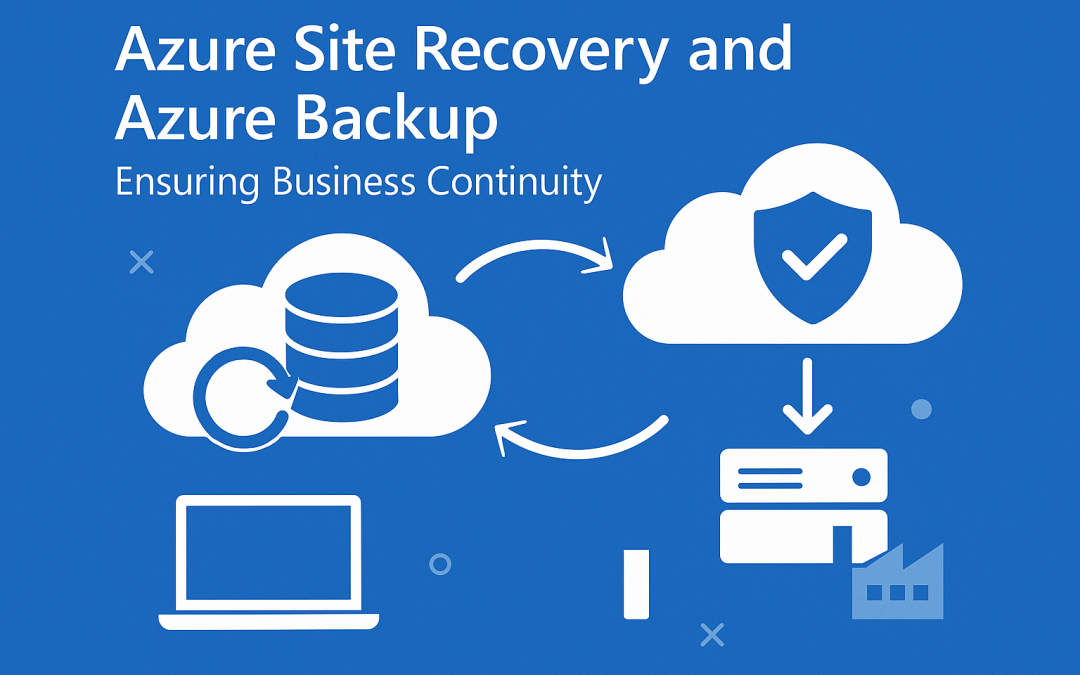
Internet Information Services (IIS) is Microsoft’s web server platform, widely used to host websites and web applications. However, there are times when you may want to uninstall IIS from your Windows Server—whether it’s to free up resources, reduce the attack surface, or switch to another web server. This guide walks you through the steps to safely uninstall IIS from Windows Server.
Why Uninstall IIS?
- Security: Removing unused services reduces potential vulnerabilities.
- Performance: Free up memory and CPU resources by removing unnecessary server roles.
- Simplification: Keeps your Windows Server environment clean and easier to maintain.
Methods to Uninstall IIS
1. Uninstall IIS via Server Manager
- Open Server Manager from the Start menu.
- Click Manage → Remove Roles and Features.
- In the wizard, click Next until you reach the Server Roles page.
- Uncheck Web Server (IIS).
- A prompt will ask you to remove management tools—click Remove Features.
- Continue through the wizard and click Remove.
- Restart the server if required.
2. Uninstall IIS via PowerShell
PowerShell provides a faster way to uninstall IIS:

Uninstall-WindowsFeature -Name Web-Server -IncludeManagementTools
- This command removes IIS and associated management tools.
- To confirm IIS has been removed, run:

Get-WindowsFeature Web-Server
If the Install State shows as Removed, IIS is no longer installed.
3. Uninstall IIS via Command Prompt (DISM)
You can also use Deployment Image Servicing and Management (DISM):
dism /online /disable-feature /featurename:IIS-WebServerRole /remove
This method is helpful for scripting and automation.
Final Thoughts
Uninstalling IIS in Windows Server is straightforward with Server Manager, PowerShell, or DISM. Always ensure that no applications rely on IIS before removing it. If you’re migrating to another web server like Nginx or Apache, perform the uninstall after you’ve confirmed the new setup works properly.
How to Uninstall IIS in Windows Server (F.A.Q)
Will uninstalling IIS affect my websites?
Yes, any websites or applications hosted on IIS will no longer work after removal.
Can I reinstall IIS later?
Yes, IIS can be reinstalled via Server Manager, PowerShell, or DISM if needed.
Do I need to restart the server after uninstalling IIS?
In most cases, yes—a restart ensures all components are fully removed.
Is PowerShell better than Server Manager for uninstalling IIS?
PowerShell is faster and scriptable, while Server Manager offers a graphical interface for beginners.




